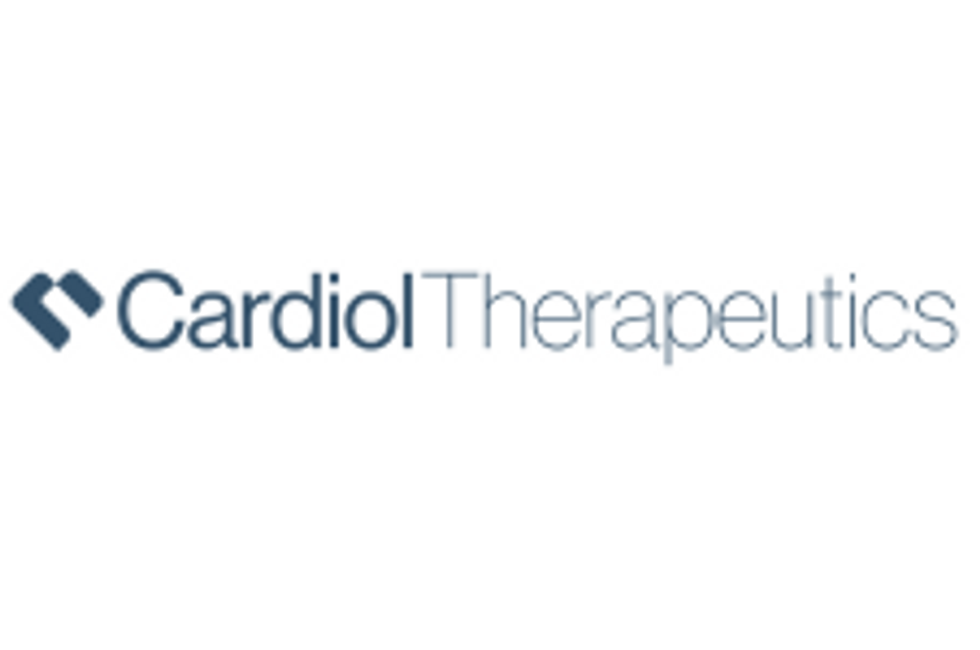Antibe Therapeutics Reports Full Phase 2B ATB-346 Trial Results

The trial, which originally finished in March 2018, shows that ATB-346 met the primary endpoint of reduced ulceration rate.
Though clinical trial results are announced as efficiently as possible for investors and patients alike, a full comprehensive report is just as important to identify a drug candidate’s results.
On Wednesday (August 29), Antibe Therapeutics (TSXV:ATE,OTCQB:ATBPF) released the full scientific report for the Phase 2B gastrointestinal (GI) safety clinical trial for ATB-346, a potentially safer nonsteroidal anti-inflammatory drug (NSAID) compared to Naproxen for osteoarthritic pain.
The trial, which originally finished in March 2018, reported that it met the primary endpoint of reduced ulceration rate, which was 42.1 percent for Naproxen patients versus 2.5 percent on ATB-346.
Similar to March’s initial results, the new report explains the drug candidate had “profound reduction in ulcers with ATB-346.”
Additional objectives include dyspepsia events, change in hematocrit levels, difference in thromboxane inhibition and change in GI erosions. According to the report, all of these objectives were met.
Erosions are superficial lesions which are not as clinically significant as the ulcers. For the amount of GI erosions endoscopically observed, 86.5 percent of subjects in the Naproxen group had them versus 41.5 percent of ATB-346 subjects.
Other safety and tolerability reported in the trial includes a positive safety profile, liver-related effects, and effects on blood pressure. The results are consistent with the initial report confirming statistically significant GI safety for the drug candidate.
In the future, the company intends to investigate potential lower doses of the drug in comparison to the 250 mg dose used in this trial—such as 150 mg and 200 mg.
The drug candidate is a hydrogen sulfide-releasing derivative of Naproxen. Antibe is using this technology of linking a hydrogen sulfide-releasing molecule to an existing drug on a number of medicine for pain and inflammation. By using the technology the company is able to patent and improve medications such as with ATB-346.
The problem at hand with Naproxen and the need for a safer medicine is NSAIDs have a high incidence of GI ulceration and bleeding. These drugs are also the most widely used for a number of conditions, such as rheumatoid arthritis, ankylosing spondylitis and general pain.
ATB-352 is Antibe’s second drug in development, which is targeting a derivative of aspirin, for treating severe acute pain.The drug is also targeting the opioid market for acute pain with the increasing need for non-addictive painkillers.
The company also has a subsidiary, Citagenix, which sells and markets tissue regenerative products for the orthopedic and dental sectors. This adds three medical devices to Antibe’s pipeline for bone regeneration indications.
Investor takeaway
On the TSXV, Antibe’s share price decreased 10.77 percent over Wednesday’s trading period to C$0.29.
While the company hasn’t reported any status updates for ATB-346, investors interested in the company should look forward to hearing more news on this and the other drug candidates as they move into clinical trials.
Don’t forget to follow us @INN_LifeScience for real-time news updates!
Securities Disclosure: I, Gabrielle Lakusta, hold no direct investment interest in any company mentioned in this article.

